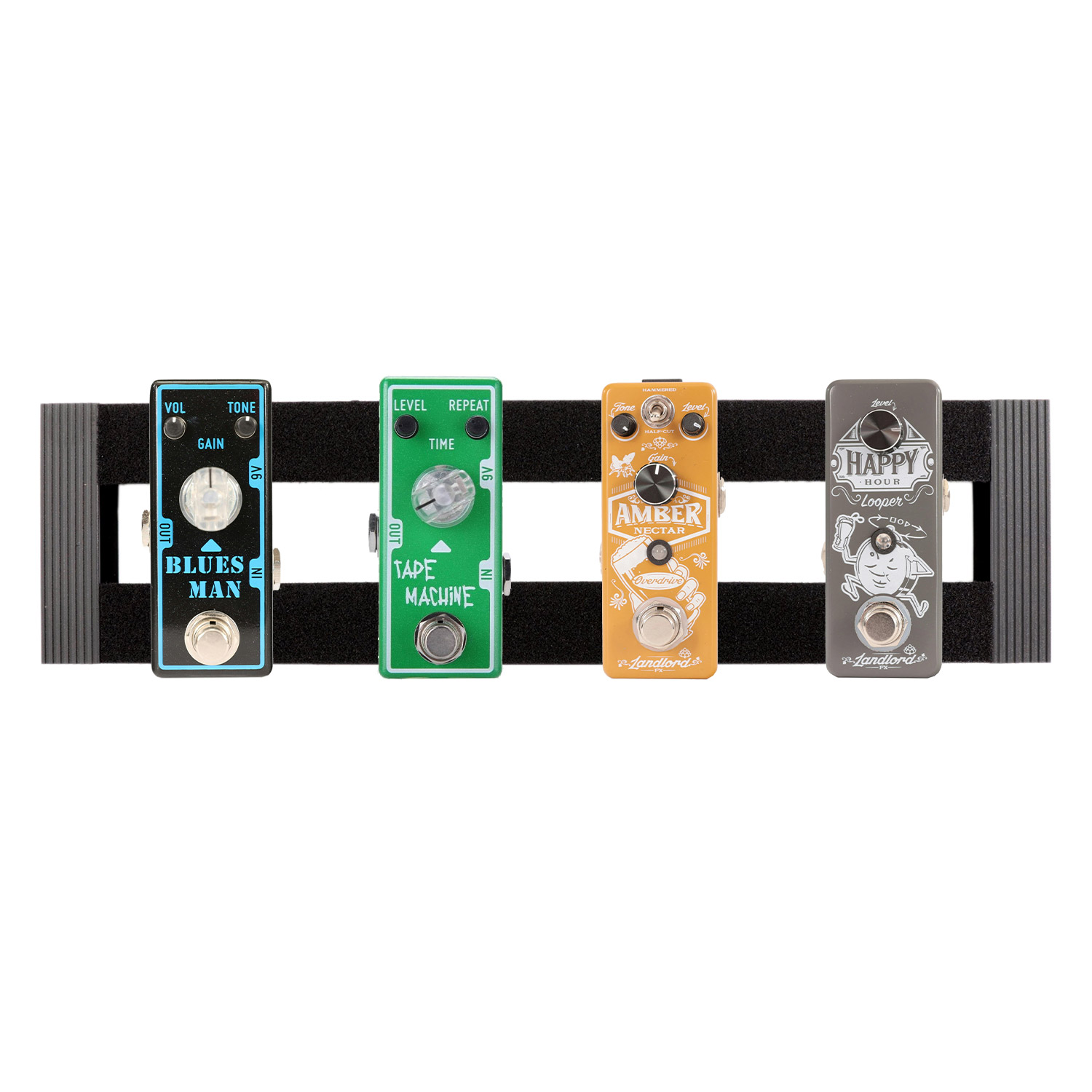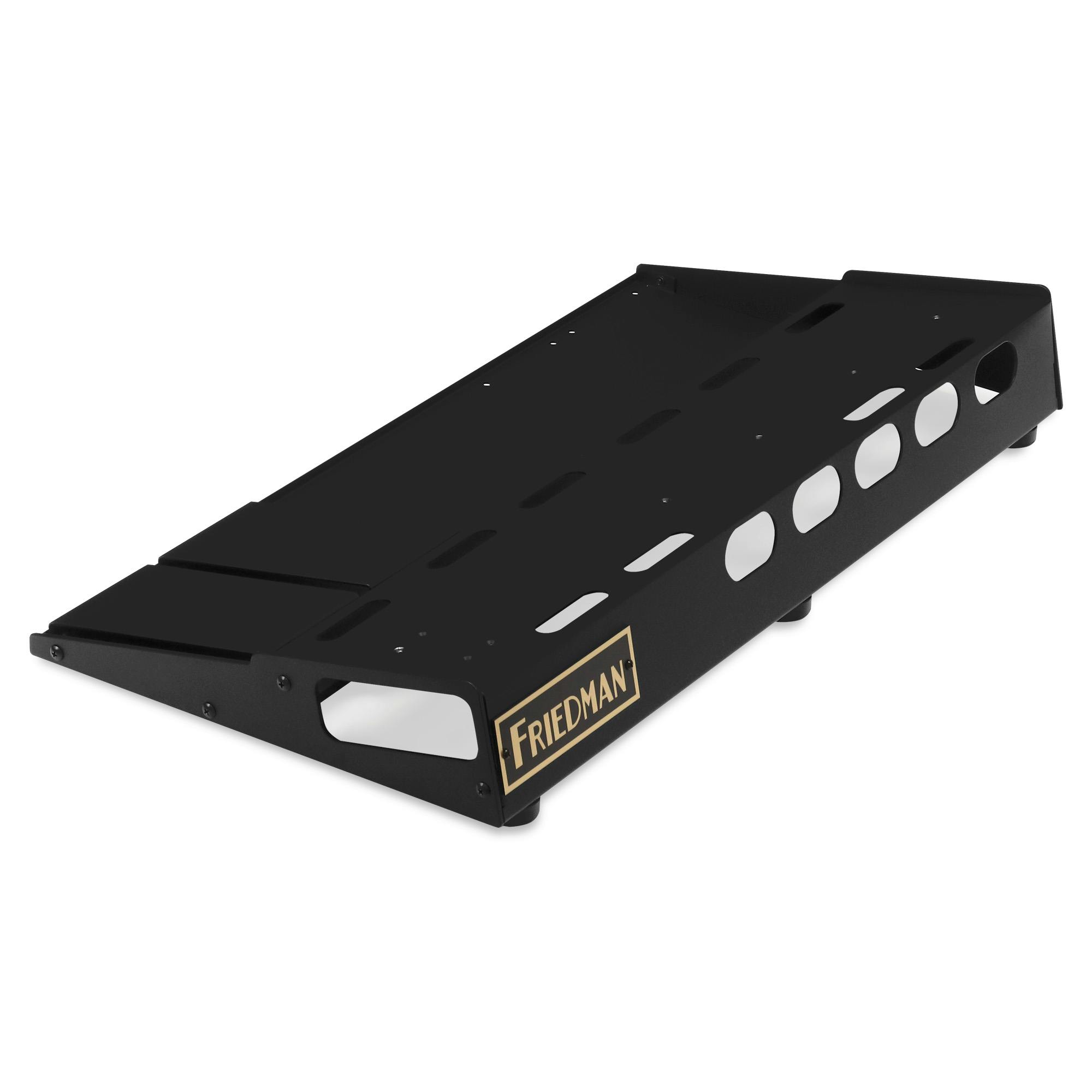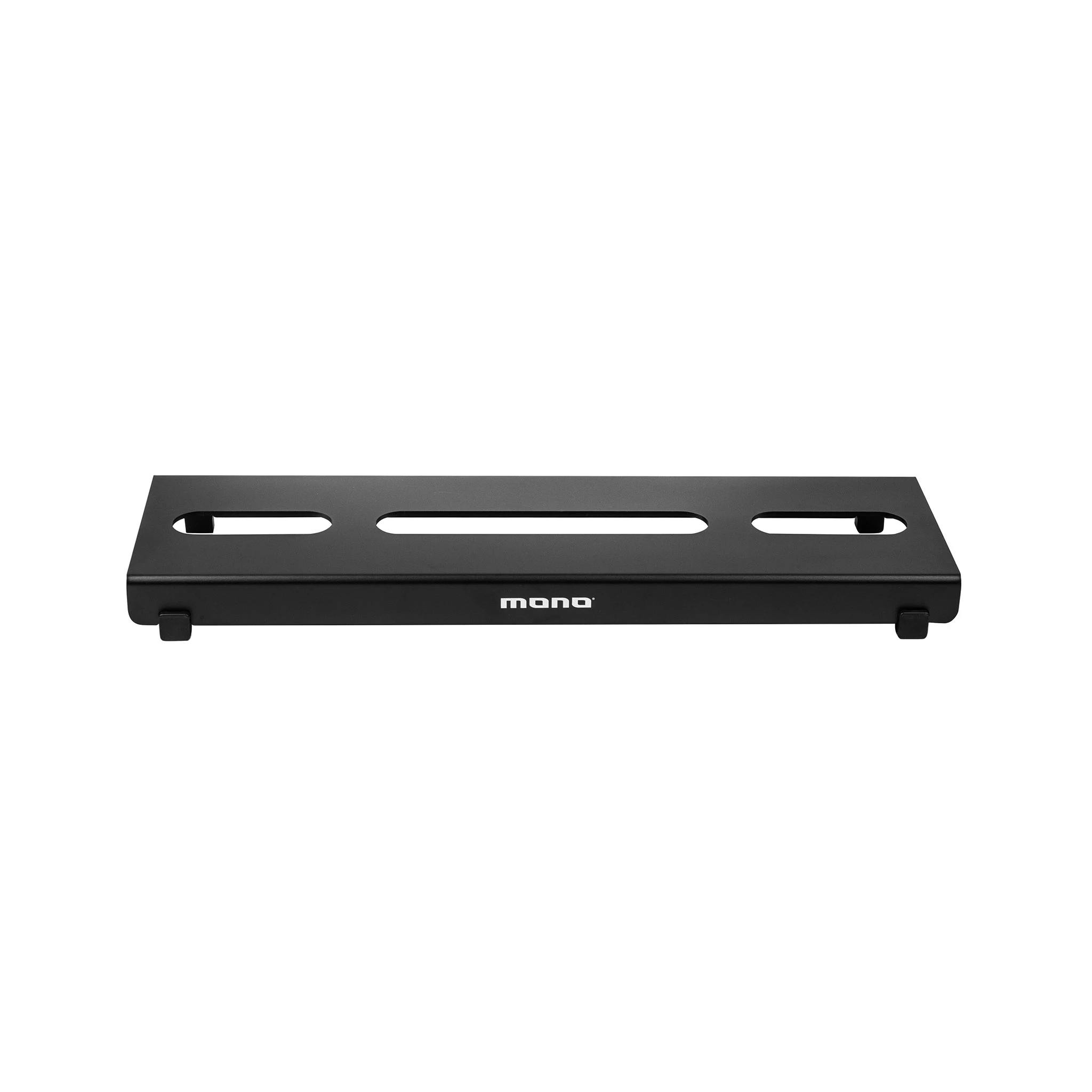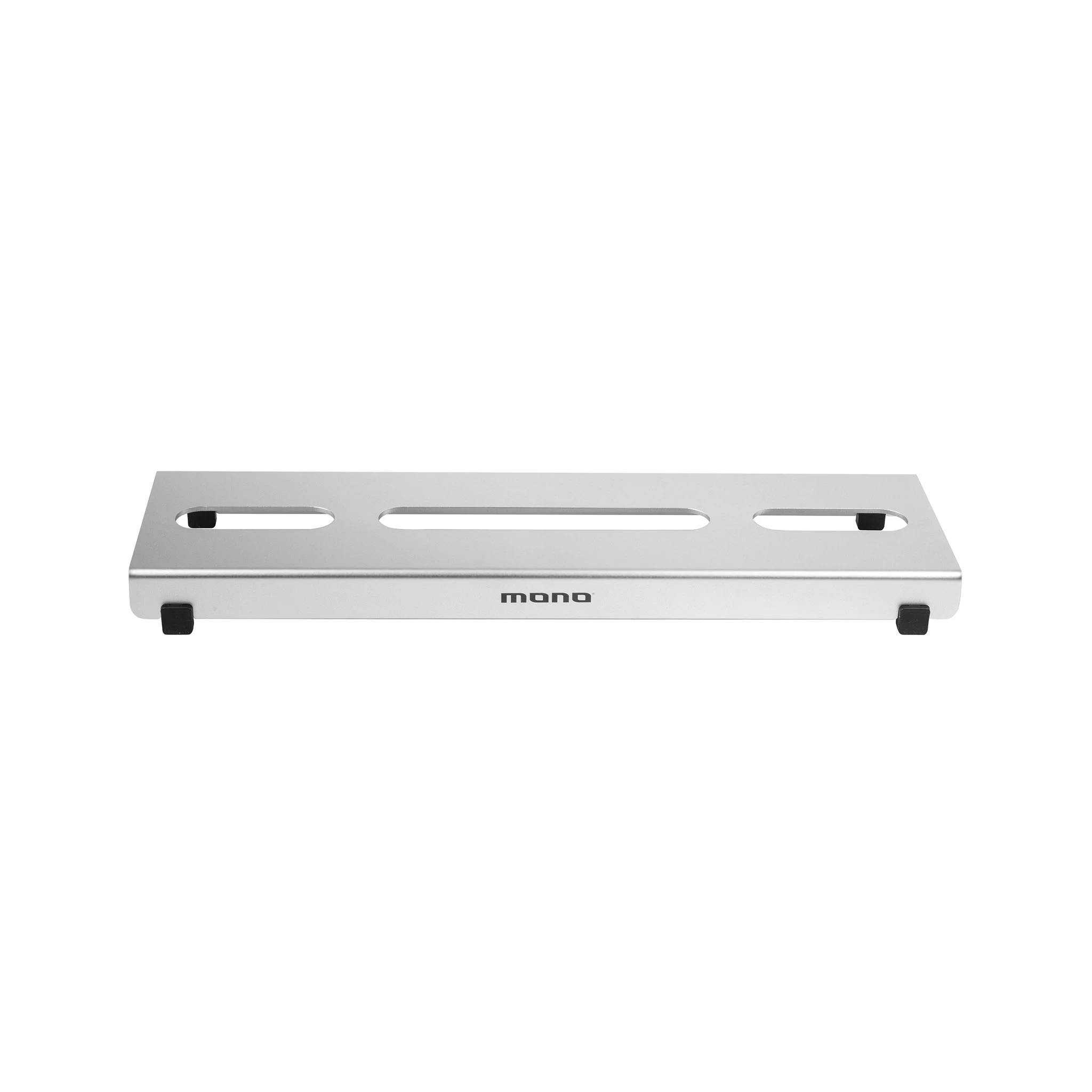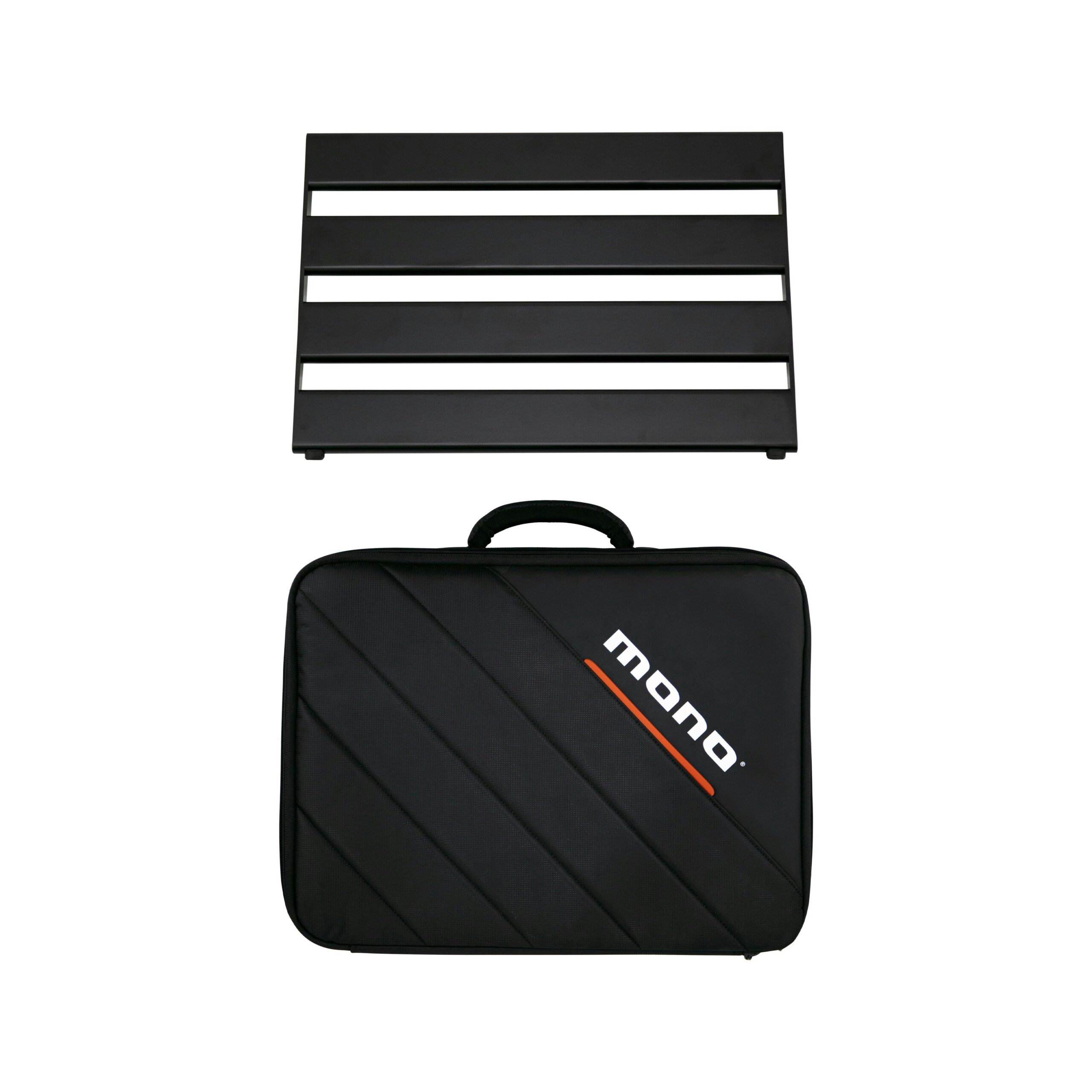Pedalboard

A pedalboard is a platform used to organise, power, and transport multiple guitar effect pedals. It provides a structured way to arrange effects, ensuring easy access and efficient cable management. Pedalboards often incorporate power supplies, patch cables, and Velcro or mounting brackets to keep pedals securely in place. They come in various sizes, from compact boards for a few essential pedals to large setups for complex signal chains. Well-planned pedalboards help reduce noise, improve signal flow, and enhance live performance convenience. Popular brands like Pedaltrain, Temple Audio, and Schmidt Array offer durable pedalboard solutions for all types of musicians.
Ashdown Boss D’Addario EarthQuaker Devices Fender Friedman HeadRush MONO NUX Ordo Palmer Pedaltrain Reunion Blues Rockboard Roland Seymour Duncan Temple Audio Vertex Effects
Just Searching Pedals….
Showing 1–30 of 60 results
-
Ashdown ‘The Newt’ 200w Pedalboard Guitar Amp
£299.00 -
Build Your Own Blues Pedalboard Kit
£169.00 -
Build Your Own Classic Rock Pedalboard Kit
£159.00 -
Build Your Own Home Practice Pedalboard Kit
£139.00 -
Build Your Own Indie Pedalboard Kit
£169.00 -
Build Your Own Metal Pedalboard Kit
£159.00 -
D’Addario XPND 1 Pedalboard
£79.00 -
EarthQuaker Devices Swiss Things Pedalboard Reconciler Loop Pedal & A/B Switcher
£335.00 -
Fender Professional Pedalboard with Bag – Large
£179.00 -
Friedman Tour Pro 1317 Pedalboard
£169.99 -
Friedman Tour Pro 1317 Platinum Pedalboard Package with Power Grid 10 & Buffer Bay 6
£499.00 -
Friedman Tour Pro 1520 Pedalboard
£199.00 -
Friedman Tour Pro 1520 Platinum Pedalboard Package with Power Grid 10 & Buffer Bay 6
£519.00 -
Friedman Tour Pro 1524 Pedalboard
£239.00 -
Friedman Tour Pro 1524 Platinum Pedalboard Package with Power Grid 10 & Buffer Bay 6
£549.00 -
Friedman Tour Pro 1529 Pedalboard
£279.00 -
Friedman Tour Pro 1529 Platinum Pedalboard Package with Power Grid 10 & Buffer Bay 6
£599.00 -
Friedman Tour Pro 1542 Pedalboard
£299.00 -
Mono Medium Pedalboard Power Supply with Isolated Outputs & Mounting Kit
£219.00 -
MONO Pedalboard Large in Silver
£389.00 -
MONO Pedalboard Lite – Silver (No Case)
£149.00 -
MONO Pedalboard Lite+ – Black
£169.00 -
MONO Pedalboard Lite+ – Silver
£175.00 -
MONO Pedalboard Medium in Silver
£325.00 -
MONO Pedalboard Rail Small – Black
£179.00 -
Nux NPB-M Medium Bumblebee Pedalboard plus Bag
£119.00 -
Ordo Pedalboard Starter Kit – Large
£129.00 -
Ordo Pedalboard Starter Kit – Small
£79.00 -
Pedaltrain Metro 24 Pedalboard with Hard Case
£119.00 -
Pedaltrain Metro MAX Pedalboard with Soft Case
£99.00




